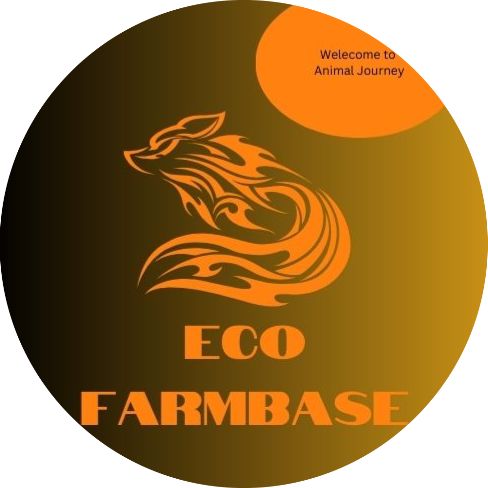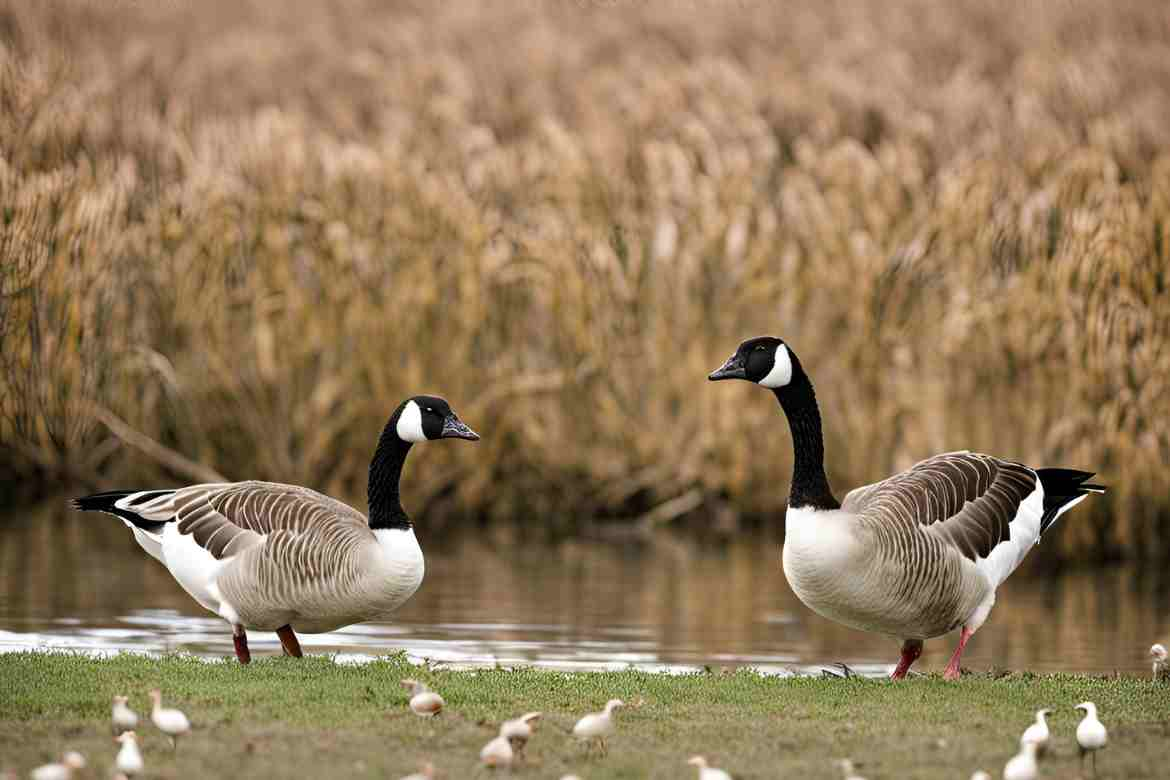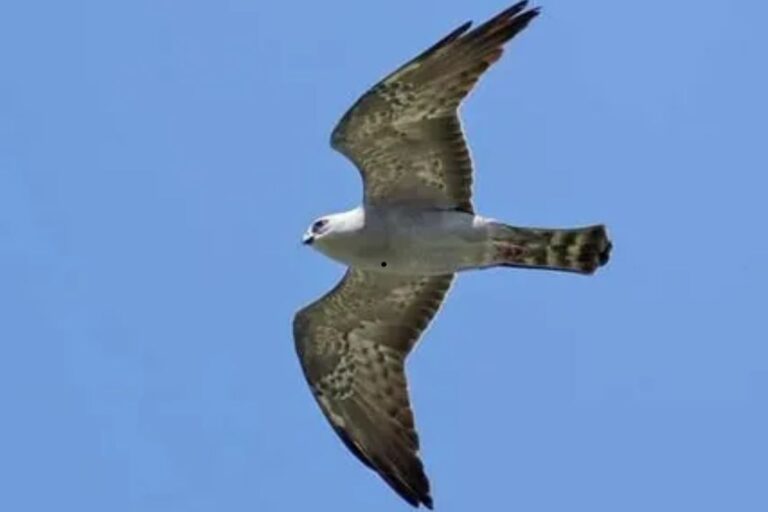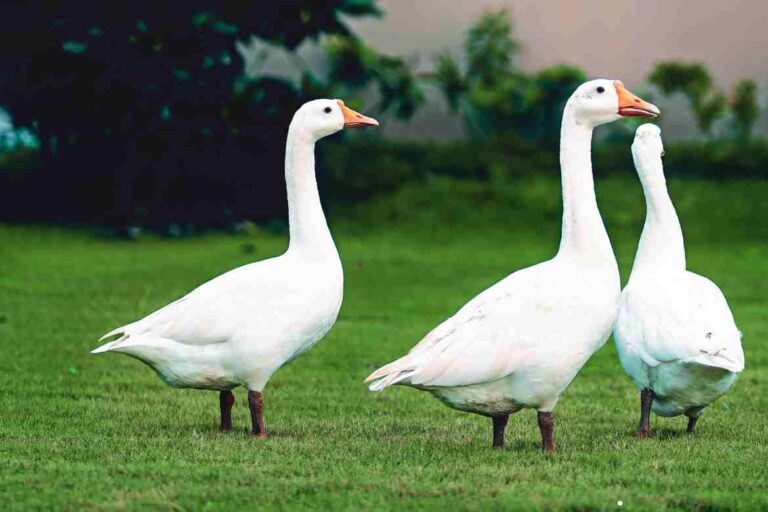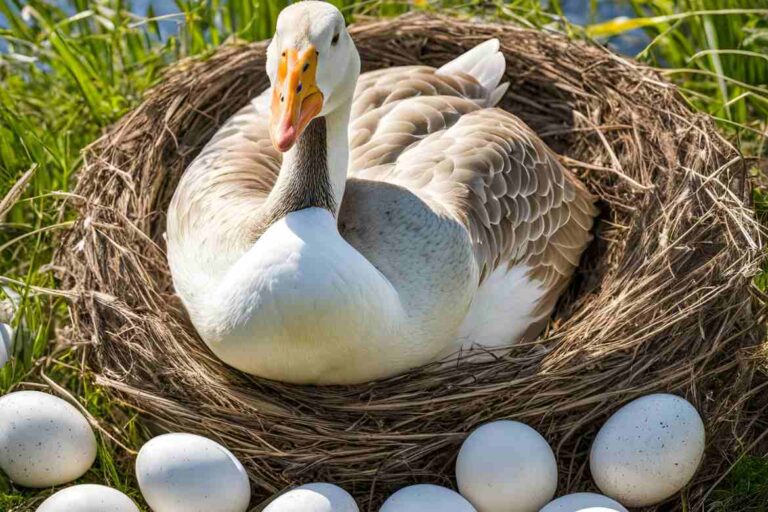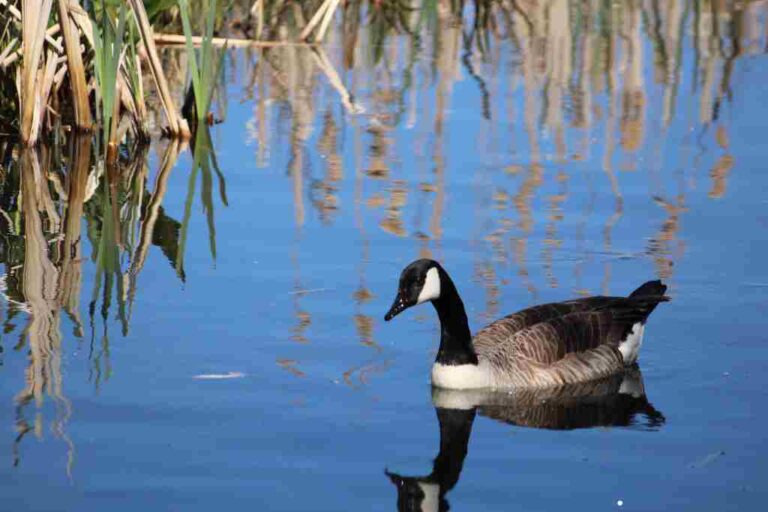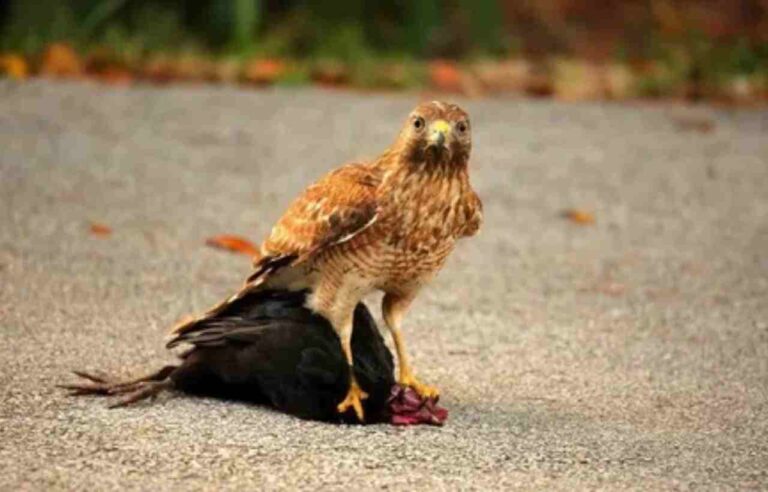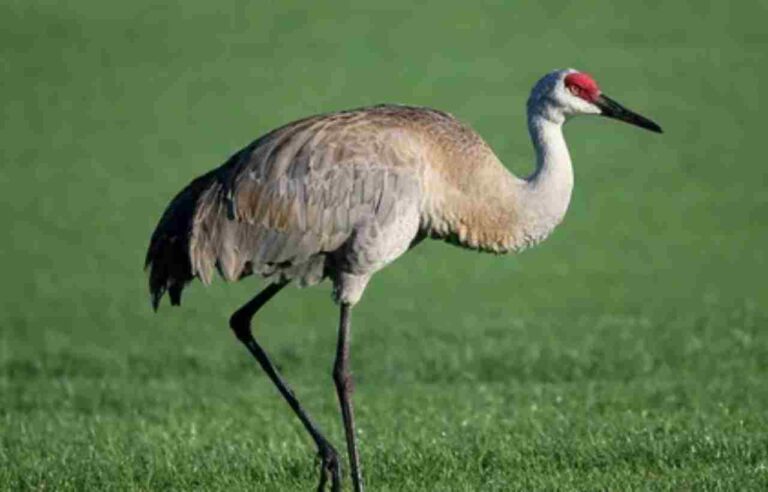what do geese eat
Geese are fascinating birds known for their migratory behavior, social structure, and adaptability. Found in many parts of the world, they play an essential role in their ecosystems and are a common sight in wetlands, agricultural fields, and parks. Understanding their dietary preferences is vital for their conservation and effective management. This article explores what geese eat and their favorite foods, shedding light on their feeding habits across seasons and environments.
1. Overview of Geese Diet
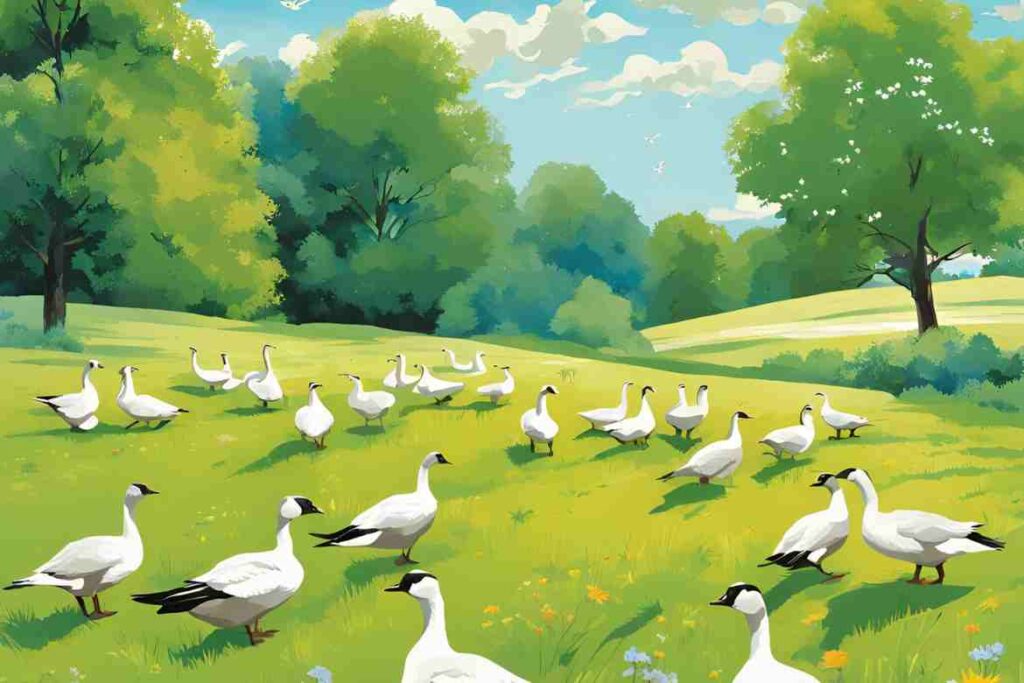
Geese are primarily herbivorous, though their diet can vary based on habitat, season, and availability of food. They are known for grazing on vegetation but will occasionally consume other food types when needed.
Diet Composition
- Plants and Grasses: The majority of a goose’s diet consists of grasses, leaves, stems, and aquatic plants.
- Grains and Seeds: Geese often forage for grains and seeds, especially in agricultural areas.
- Insects and Small Invertebrates: Though rare, geese may consume insects, snails, and other small creatures during specific times, particularly when plant-based food is scarce or when they need extra protein.
2. Natural Food Sources
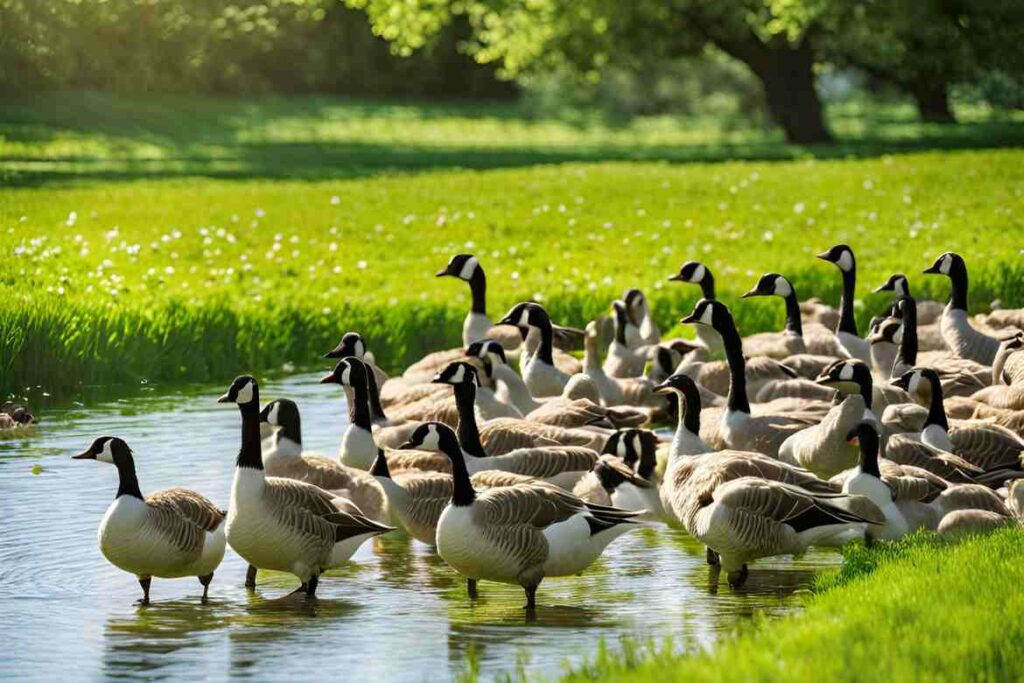
Grasses and Leaves
Geese are grazing birds, and grasses form the foundation of their diet. They prefer tender, young shoots, which are easier to digest and rich in nutrients. Commonly consumed grasses include:
- Ryegrass
- Clover
- Bluegrass
Aquatic Plants
In wetlands and water bodies, geese feed on aquatic vegetation, such as:
- Duckweed
- Water lilies
- Eelgrass
These plants are accessible to geese because of their ability to dabble in shallow waters.
Grains and Seeds
Geese forage for grains and seeds in fields and meadows, especially during migration or winter months. They frequently consume:
- Corn
- Wheat
- Barley
- Oats
These energy-dense foods are particularly crucial for building fat reserves needed for long migratory flights.
3. Seasonal Dietary Changes
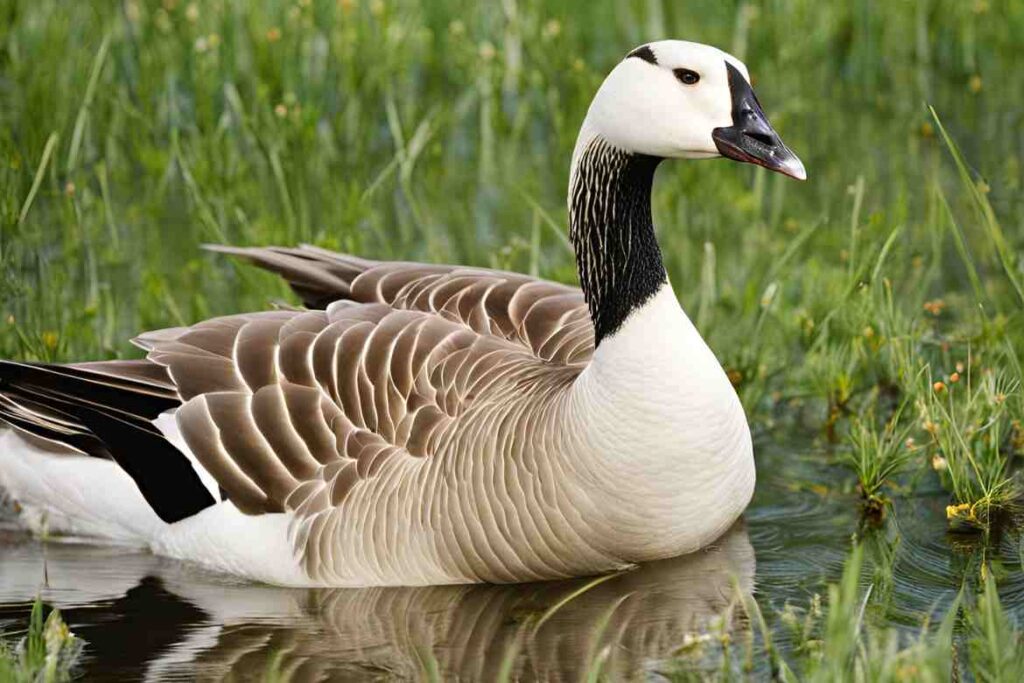
Spring and Summer
During the warmer months, geese primarily feed on:
- Fresh grasses and herbs
- Shoots and sprouts
- Aquatic vegetation
This diet helps them regain energy after migration and prepare for the breeding season.
Fall
In autumn, geese shift to carbohydrate-rich foods, such as grains and seeds, to accumulate fat reserves for migration. Fallen fruits, berries, and acorns may also feature in their diet.
Winter
When vegetation is sparse in winter, geese rely on:
- Stored grains in agricultural fields
- Dry grass
- Occasionally, small invertebrates for additional nutrition
4. Foods Geese Like to Eat
While geese are opportunistic feeders, they show a preference for certain foods:
Preferred Grasses
- Tender ryegrass and clover are among their favorites due to their taste and high nutritional value.
Fruits and Berries
Geese enjoy fruits like:
- Apples
- Blueberries
- Cherries
These occasional treats supplement their diet with natural sugars and vitamins.
Grains
Farm fields are a paradise for geese. They particularly relish:
- Corn kernels
- Wheat grains
- Barley
These foods are energy-rich and easy to digest.
5. Geese in Domestic and Urban Environments
In urban areas, geese often interact with humans, which influences their diet:
Bread and Processed Foods
Though commonly fed by humans, bread is not a healthy choice for geese. It offers little nutritional value and can lead to malnutrition and overpopulation in certain areas.
Explore more info about: can chickens eat broccoli?
Supplemental Feeding
For those looking to feed geese responsibly, consider:
- Cracked corn
- Birdseed mixes
- Leafy greens like lettuce and kale
6. Feeding Behavior
Grazing
Geese spend a significant portion of their day grazing on grasses and forbs. This behavior is essential for maintaining their energy levels.
Dabbling
In water, geese dabble—a behavior where they tip forward to access aquatic vegetation below the surface.
Foraging
In fields and meadows, geese forage for grains, seeds, and insects. They use their beaks to sift through soil and vegetation.
7. Nutritional Needs
Geese have specific nutritional requirements based on their life stage:
- Protein: Essential during molting and growth phases.
- Carbohydrates: Needed for energy, especially during migration.
- Vitamins and Minerals: Derived from fruits, berries, and diverse vegetation.
Explore more info about: what do bichon frise usually die from
8. Impact of Diet on Ecosystems
Seed Dispersal
By consuming fruits and berries, geese play a role in dispersing seeds, aiding in plant propagation.
Nutrient Cycling
Geese grazing and excretion contribute to nutrient cycling in ecosystems, enriching soil fertility.
Agricultural Interactions
While beneficial in some ways, geese can also cause crop damage when feeding in large flocks on farm fields.
9. How to Support Geese Through Feeding
If you want to help geese in your area:
- Provide Natural Food Sources: Plant grasses and shrubs that geese naturally consume.
- Avoid Feeding Bread: Opt for cracked corn or leafy greens instead.
- Create Safe Habitats: Ensure access to clean water and protected areas for grazing.
Explore more info about: How Many Crows Make A Murder?
10. Common Myths About Geese and Their Diet
“Geese Only Eat Grass”
While grass is a staple, geese have a varied diet that includes grains, seeds, and aquatic plants.
“Bread Is Good for Geese”
Feeding bread can harm geese, causing health issues and environmental problems.
“Geese Need Human Feeding to Survive”
Geese are highly adaptable and capable of finding sufficient food in the wild.
Conclusion
Geese are versatile feeders with a predominantly herbivorous diet that adapts to seasonal and environmental changes. They prefer grasses, grains, and aquatic plants, with occasional fruits and invertebrates. While they thrive in natural habitats, responsible feeding practices can support geese in urban and domestic settings. Understanding their dietary preferences not only enriches our appreciation for these birds but also helps ensure their well-being and ecological balance.
- Mexican Red Headed Bird: A Brilliant Avian Wonder - January 16, 2025
- Can Turkeys Eat Bread? - January 15, 2025
- crocodile and plover bird relationship articles for students - January 12, 2025
